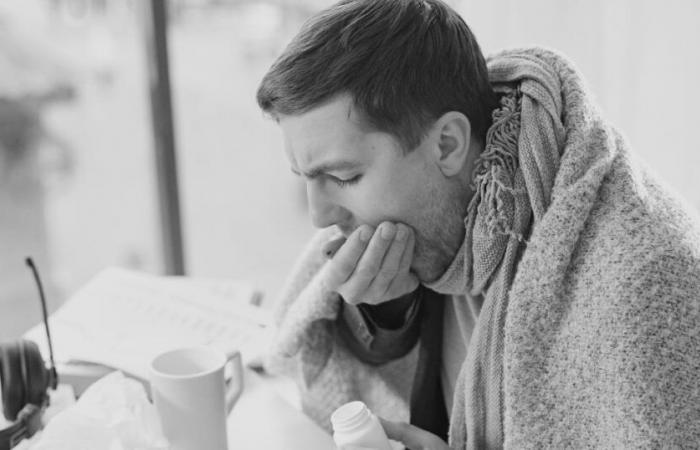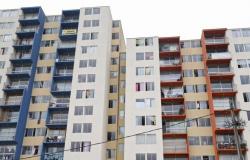The autumn-winter season is in its fullness, and a increase in respiratory diseases in Chileaccording to the infectologist and academic of the University of Santiago, Ignacio Silva.
The expert comments that “the circulation of virus of the influence and of rinovirus It is the one that predominates, but also of the other viruses that are usual to see during this season, such as syncotational viruses, parainfluenza, influenza B and others. ”
Data from the Public Health Institute (ISP) reveal that the influence It was positioned at the end of April as the most active pathogen in the country, with 46.2% of the cases detected, mainly affecting patients between 5 to 14 years. Although at the beginning of the year it just marked cases, which reveals the rapid advance of this respiratory disease.
He rinovirusone of the most present pathogens throughout this 2025, represents to date more than 44% of the cases detected this year by the ISP. However, during the last week its presence (April 20 to 26) and represented 36% of the cases that were detected at the end of April.
For its part, in mid-February, COVID-19 (mainly with its KP.3 variant was respiratory disease with more presence in ISP analysis, especially in elderly people. However, it reduced its presence significantly in autumn, already end of April represented only 1.6% of the registered cases.
At the general level, positive cases increased significantly since the beginning of February, when the lowest positive index (20.6%) was marked. In this last week (late April) the peak of positive cases so far this year: 47.3%.
How to face the diseases present in Chile this autumn-winter
Silva tells us that “little by little there has also been an increase in outpatient consultations, in particular emergency services, and less significantly an increase in hospitalizations due to respiratory cause.”
“Therefore we are already entering into this Winter campaign That as every year it mainly affects the highest risk groups, which are the extremes of life (infants, children and senior citizens), people with chronic, immunosuppressed, pregnant diseases ”, among others, says the expert.
To face this situation, says the infectologist, it is due “go to emergency services when strictly necessaryavoid going to hospitals, prefer all the devices that exist at the communal level, such as the APU, the SAR, the consultations, the Cesfam, and leave the hospital urgency for the most serious cases. ”
In addition, the expert recommends following the basic self -care measures that the population already knows:
- Wash your hands
- Ventilate closed spaces
- Cover your nose and mouth with the fold of the neck when coughing and sneezing
- Wash or hygienize your hands after coughing or sneezing.
Vaccines
Silva also highlights the importance of vaccination, “one of the measures that most serve to mitigate the impact of the winter campaign (…) since the Vaccines against influenza and against covid Serious cases decrease, and therefore the need to occupy hospital resources to meet the population. ”
“At this point of the year we have more vaccinated population than at the same time last year, and that is very positive, but there are still many people in the risk groups that have not been vaccinated, and they are those who are now exposed to seriously ill, and even die from influenza or covid,” warns the expert.
The infectologist also recalls that the use of masks is still in force, and is mandatory in the urgencies of healthcare centers and other health establishments.
“It is also advisable to use it in those people who belong to risk groups and who are the same as those who must be vaccinated and that are exposed to situations where there is more probability of infection, such as agglomerations, social meetings, public transport, etc.,” says the expert.
In addition, Silva calls to use masks who have respiratory or cold symptoms, and are exposed to social situations, to avoid spreading others.
The academic Usach mentions that “the care network has to prepare the system to be able to receive this usual demand in this date possible.”
“All measures (…) to have more critical beds, with greater mechanical ventilation capacity, greater personnel trained to attend respiratory pathologies depend on the health authority, but which are already being applied in the different care centers,” says the expert.






